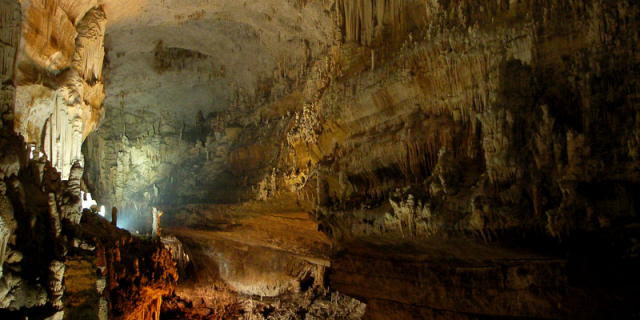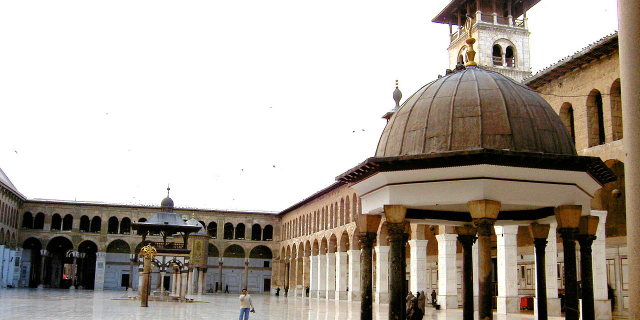Baalbek Stones
The Baalbek Stones are six massive Roman worked stone blocks in Baalbek (ancient Heliopolis), Lebanon, characterised by a megalithic gigantism unparallelled in antiquity.
The smallest three are part of a podium wall in the Roman complex of the Temple of Jupiter Baal (Heliopolitan Zeus) on Tel Baalbek and are known as the "Trilithon". Each of these is estimated at about 750–800 tonnes (830–880 short tons).
The remaining three are Roman monoliths, not part of a larger structure, conventionally known as the "Stone of the Pregnant Woman" (estimated at 1,000 t), the "Stone of the South" (est. 1,242 t), and the "Forgotten Stone" (est. 1,650 t). These are, in reverse order, the first, third, and tied fifth largest known stones ever quarried in human history. They are believed to have been intended for the nearby Jupiter Baal complex, possibly as an addition to the Trilithon; but, perhaps due to their size, they were never removed from their quarry. They have not been u...Read more
The Baalbek Stones are six massive Roman worked stone blocks in Baalbek (ancient Heliopolis), Lebanon, characterised by a megalithic gigantism unparallelled in antiquity.
The smallest three are part of a podium wall in the Roman complex of the Temple of Jupiter Baal (Heliopolitan Zeus) on Tel Baalbek and are known as the "Trilithon". Each of these is estimated at about 750–800 tonnes (830–880 short tons).
The remaining three are Roman monoliths, not part of a larger structure, conventionally known as the "Stone of the Pregnant Woman" (estimated at 1,000 t), the "Stone of the South" (est. 1,242 t), and the "Forgotten Stone" (est. 1,650 t). These are, in reverse order, the first, third, and tied fifth largest known stones ever quarried in human history. They are believed to have been intended for the nearby Jupiter Baal complex, possibly as an addition to the Trilithon; but, perhaps due to their size, they were never removed from their quarry. They have not been used since their extraction in ancient times.
Numerous archaeological expeditions have gone to the site starting in the 19th century, primarily German and French groups, and research has continued into the 21st century.





























Add new comment